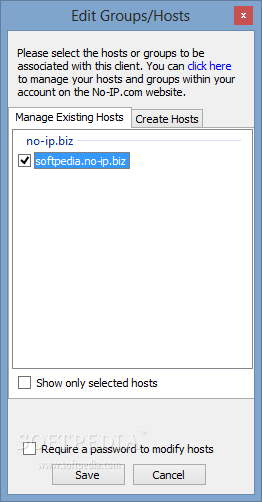

You're my smart readers - you can read '340 trillion trillion trillion' or 2^128 without needing me to quantify it further or be given some patronising analogy. *If I was any other writer, I'd now give you some silly comparative for that number - something about grains of sands on the beach, stars in our solar system, so many double decker buses, football pitches, olympic size swimming pool, how long it would take to count that high in relation to the age of the universe etc. That's what I optimistically predicted in my 2012 book, but IPv4 is still very much alive and in operation on almost every LAN and still being provided by every ISP - more on 'why' later. IPv6 provides 340 trillion trillion trillion addresses* (2^128) so by now IPv6 should be universal and IPv4 history. IPv6 was introduced many years ago in order to solve the problem of IPv4 address shortage. Your router maintains a 'NAT table' to keep track of which device sends out requests to the WAN, in order that the replies are sent back to the right client (You can see an animation in my 2006 video here).Īs time has gone on, and IPv4 addresses have become even more scarce as the number of Internet connections has also increased. It's your router's job to translate between the single public address and multiple internal private addresses. Without NAT you'd need as many public routable IP addresses as you have devices - there are tens of billions of IP devices in the world, so one-to-many NAT enables sharing. This is known as a "one to many" NAT configuration. Your router, most likely, uses NAT to share your single public IPv4 address on its WAN interface between all of the devices inside your network.
#No ip duc for cgnat Pc#
When your PC connected to the Internet, you'd load a TCP/IP stack before your modem dialled out.Įvery device on your LAN has its own IPv4 IP address (e.g.
#No ip duc for cgnat windows#
Networking was not built into the OS (DoS, Windows etc.). Early office LANs commonly used protocols like NetBIOS or IPX and didn't use TCP/IP.


Even if there was a LAN in the office, it wouldn't carry the Internet to other PCs. In those early days, early adopters - home and office users using the Internet, would typically have a dialup modem connected to one PC. Today, almost everyone uses an always-on connection so you require a permanent IP address. After you hung up, that address could be used by another customer. Every one of the ISPs customers would be allocated one of those IP addresses, but as most homes and offices were using dialup internet, you only needed that IP address for the length of your call. ISPs too were allocated their own blocks. A single address can cost $60, up from around $6 in 2014. Today, due to the scarcity, public IP subnets have become very valuable. Some organisations were allocated a whole Class A subnet (that's 16 million addresses!) and other large blocks (around 300 million addresses) are reserved for special purposes so can't be used for public endpoints. Every device on the early Internet had its own unique public IP address. That was more than anyone ever conceived would be needed when the Internet started. The entire IPv4 address space of the Internet provides approximately 4 billions unique IP addresses.


 0 kommentar(er)
0 kommentar(er)
